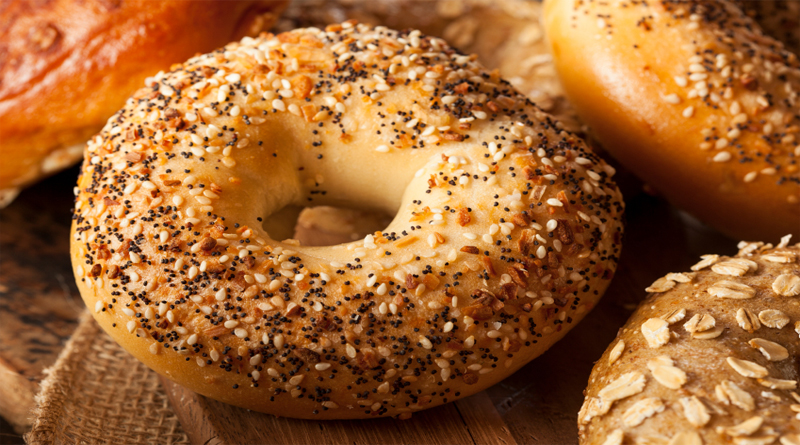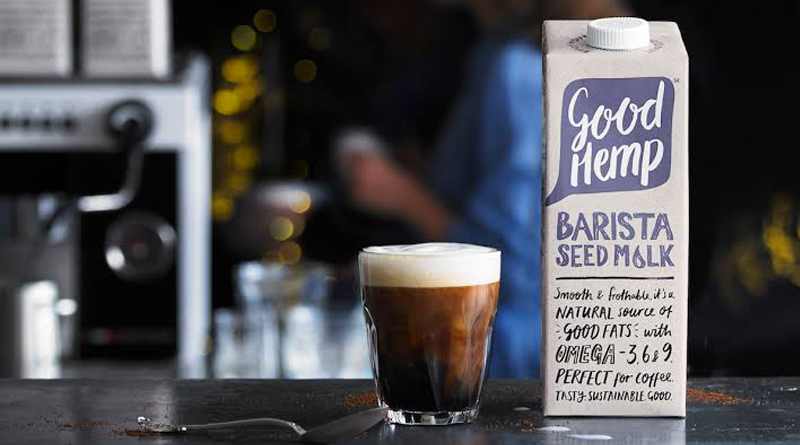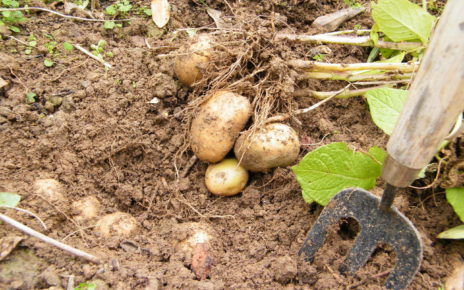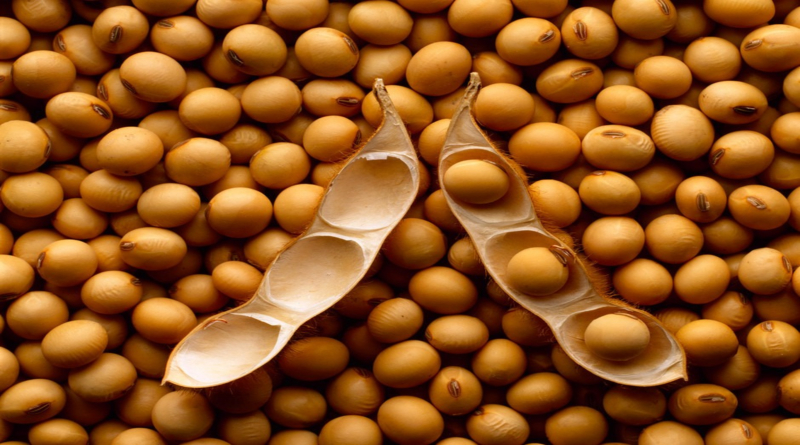An academia-industry collaboration has agreed on a definition that makes the whole grain content in foods clearer in its labelling, with the aim of providing clarity for consumers and manufacturers.
The Health Grain Forum, an international organisation based in Europe, is made up of members based in Sweden, the UK, Denmark as well as the Netherlands and Switzerland. They have concluded that a ‘whole grain’ food is one that contains at least 30% whole grain ingredients in the overall product.
In relation to the foods’ other ingredients, the whole grain content must exceed the total amount of refined grains on a dry weight basis.
“The aim of the definition is to encourage food manufacturers to replace more and more refined cereal ingredients with whole grains,” said Dr Alastair Ross, assistant professor of Biology and Biological Engineering, Food and Nutrition Science at Chalmers University of Technology in Sweden.
While the definition remains a guide, the hope is that the food industry, dietary associations and national governments will apply it in future activities relating to food and nutrition guidelines.
Current legal requirements for labelling whole grain food on the front of food packaging remain rare due to nonbinding recommendations and conflicting information.
QUID guidelines
At present, if “whole grain” features on the label, the levels of whole grain ingredients in a product must be listed on the packaging to satisfy mandatory Quantitative Ingredient Declaration (QUID), which forms the basis for food ingredient labelling in Europe.
However, this is usually just as part of the ingredients list, which limits the visibility and impact of this information, making it difficult for consumers to identify whole grain-rich products.
For example, the whole grain labelling guidelines in France say that for moist bread that contain 10% whole grains, labelling can state “contains whole grains”.
Bread that contains 30% whole grains of the final weight can be classed as “rich in whole grains”.
For rusks with 15% whole grains as a proportion of the final weight, labelling can state, “contains whole grains”, whilst 40% of the final weight can be described as -.
The research builds on the widely recognised whole grain definition as a raw material and ingredient proposed by the Health Grain Forum back in 2014.
It also drew on a wide-range of existing whole grain food definition and referencing the findings of major observational studies, which inform many current dietary guidelines.
“This has taken our group over two years of many meetings and consultations among academic and industry members to come up with a definition that is both grounded in the available science and can be realistic across a wide range of food cultures,” added Dr Ross.
As well as a new definition, the paper believed any new proposal would need to cover front-of-pack labelling, which is more important for communicating whole grain content to consumers than the ingredients list.
‘Innovative foods with more grains’
“Clear guidelines on what constitutes a whole grain food would increase clarity for food manufacturers and encourage greater front-of-pack labelling, which enables the public to make easier choices about selecting foods based on their whole grain content,” the authors commented.
Source: Food Navigator










